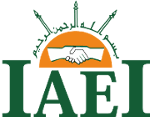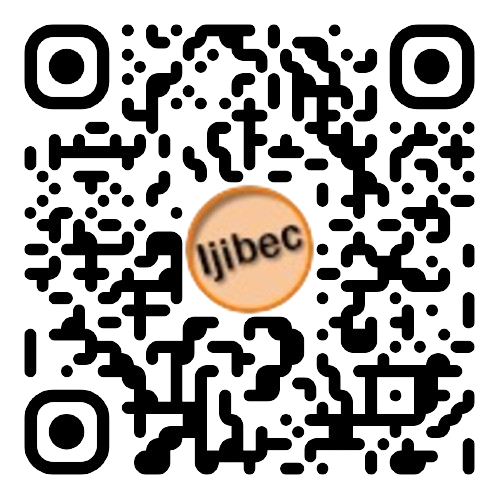WAQF INSTITUTION AND MANAGEMENT CASH WAQF DURING THE OTTOMAN PERIOD
DOI:
https://doi.org/10.28918/ijibec.v6i1.4851Abstract
This paper discussed the implementation and management of cash waqf during the Ottoman Empire which had controlled parts of the mainland from Europe to Africa. During the reign, waqf has become an instrument that is very successfully implemented in various sectors such as religion, education, social, and health. Even the war equipment also has been funded from waqf. Waqf assets continued to increase and not only provided facilities for public but also assisted people who need capital to do business. Nazir as waqf institution (individual or institution waqf manager) have administered waqf with different schemes, such as providing loans in the form of qard hasan, mudharabah, bai’ul-inna, and bidaa. Management waqf institutionally was evaluated by the government in 1823, this evaluation led to the reformation of waqf institution and founded the new waqf institution which was known as Evkaf-I Hümayun Nezareti. This institution was the Ottoman sovereign wealth fund which functioned to manage all waqf assets. All waqf assets, as well as cash waqf, are managed by this institution with various schemes that are not much different from what has been done before. However, in this period the management of cash waqf was only carried out by this institution as the authority for managing waqf assets. The management of waqf assets under this institution lasted until the end of the Ottoman Turkish government.














